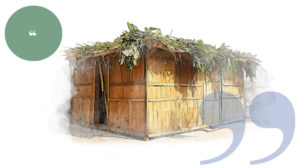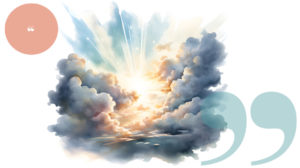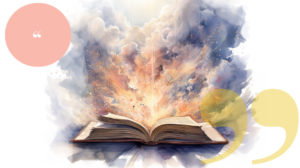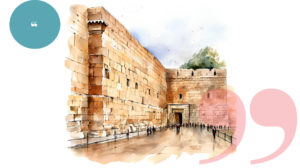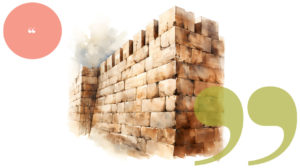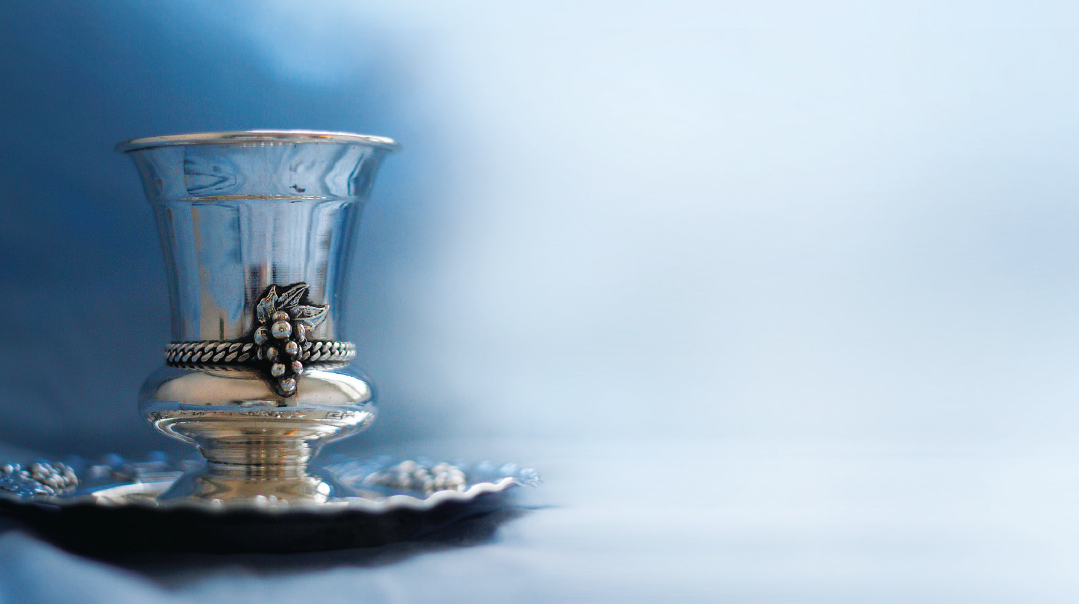Rise to the Occasion

To eat matzah is to eat emunah.

“Whoever eats chometz from the first day until the seventh day, that soul shall be cut off from Israel.” (Shemos 12:15)
“In the first month, on the fourteenth day of the month in the evening, you shall eat matzos.” (ibid. 12:18)
Hashem forbade us from eating chometz on the seven days of Pesach, and commanded us to eat matzah. We must contemplate the essence of chometz and matzah to learn fundamentals of emunah from them. (Rav Chaim Friedlander, Sifsei Chaim, Pesach, 5)
I gaze at the large box — it takes up half my kitchen table, costs as much as a week’s grocery bill, and is sealed like classified information — and ask myself, What’s the secret of its charm? A week before Pesach we’re already looking at it with reverence, with building anticipation. My little kids ask me a thousand times to show them one. Just one matzah, Ima…
It’s not just a national tradition. It’s a mitzvah d’Oraisa… But why matzah?
Chometz is the result of a process, for the leavening of dough is related to rising that occurs through natural, external factors that cause the dough to leaven and rise over a specific amount of time. This means leavening is a natural result of cause and effect. It symbolizes nature, which conceals Hashem, the Primary Cause, from man (ibid.).
Chometz is the daily drawn-out routine. No one has to work to make it happen. It simply happens on its own — a natural, normal process. Chometz is life that seems to flow on its own, with everything succeeding. The shopping gets done. The cleaning gets done. The cooking gets done.
Matzah must be made with maximum speed so it will appear as if it was formed suddenly, not bound by time. We were given this command to remember the haste of Yetzias Mitzrayim, as it says (Devarim 16:3), “For seven days you shall eat with it matzos, the bread of affliction, for in haste you went out of Mitzrayim…”
The mitzvah teaches us about Hashem’s direct control, which is beyond nature, without cause and effect, and without taking time — expressed clearly in the haste with which they left Mitzrayim. This, teaches us that Hashem is always the One guiding us, but nature acts as a screen, blocking Him (ibid.).
When Bnei Yisrael left Mitzrayim, they didn’t know the essence and deep meaning of emunah, so Hashem said: “Bnei Yisrael will taste the remedy, and not be shown any other food until they eat this remedy.” Once they ate matzah, which heals them from heretical thoughts, they were close to understanding emunah… (Zohar Tetzaveh 183).
To eat matzah is to eat emunah. It heals the heart from those thoughts that ferment, from seeing our lives as simply progressing along a predictable timetable. Matzah is the bread of our emunah. No breath or heartbeat is taken for granted; aches aren’t a natural result of aging. It is the reason for all the good things that happen, and those that don’t, all that we have, and all we don’t. It’s the source of all that appears to us as failure, and the pain caused by someone else’s actions. Seeing any other source is the chometz we have to eradicate from our house, remove from our heart — and then fill those empty space with matzah, bread of emunah..
However, since it’s impossible to immediately and continually remain at this peak when at the start of our Divine service, eating matzah is only obligatory on the first night. After that, we must work gradually, by abstaining from chometz and contemplating the prohibition, to accustom ourselves to the outlook that it’s not nature that runs the world, but rather that everything is the unmediated will of Hashem. (Rav Chaim Friedlander, Sifsei Chaim, Pesach, 5)
The large box takes up half the table and the matzos are so thin. But there’s so much emunah in each, so much refuah. Let’s inhale it straight into our hearts, deep into our souls. The remedy of emunah. To remember that He is the One Who takes us out of Mitzrayim each and every moment, He lovingly and unfailingly leads us through the deserts of life.
(Originally featured in Family First, Issue 489)
Oops! We could not locate your form.
